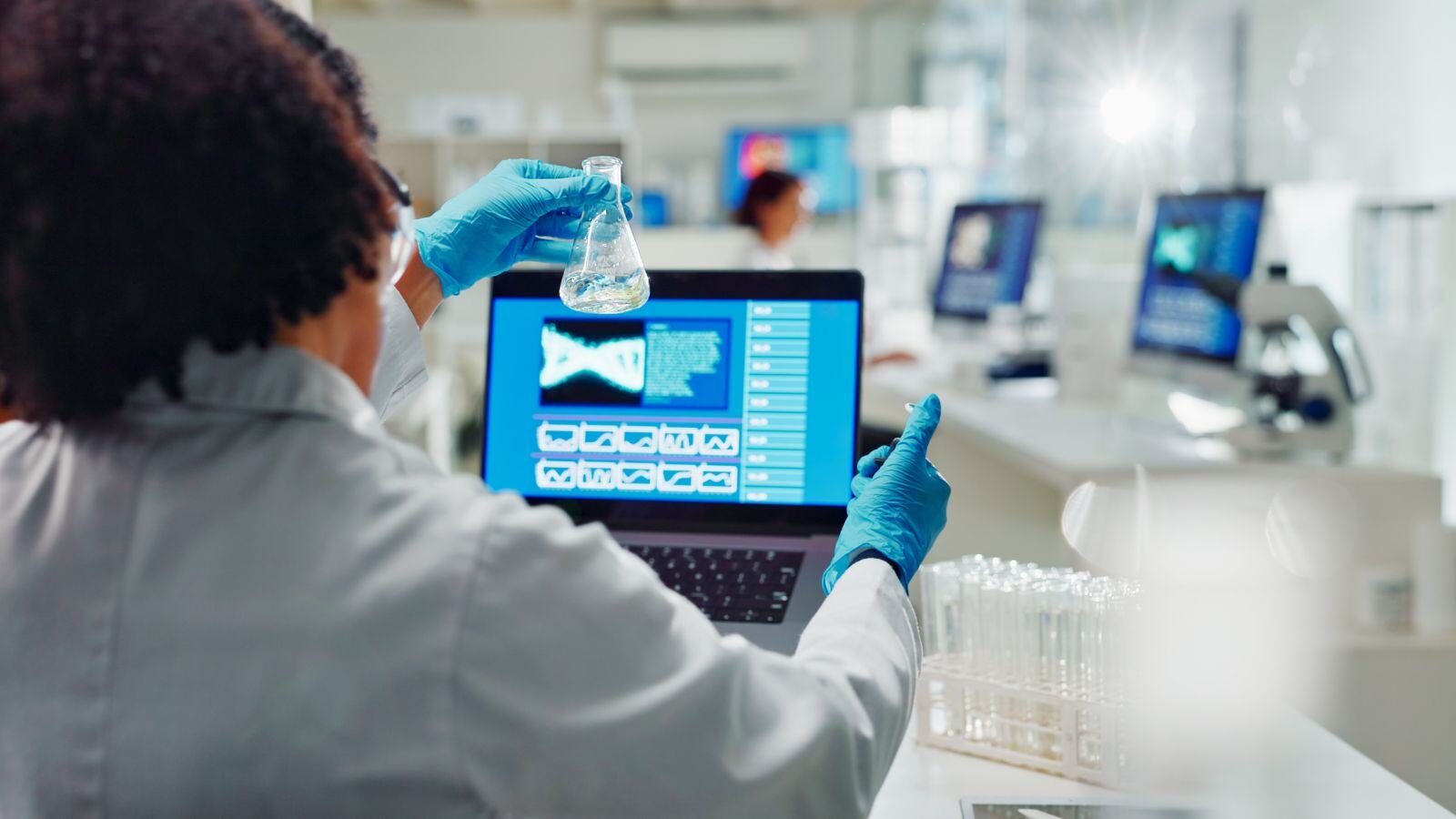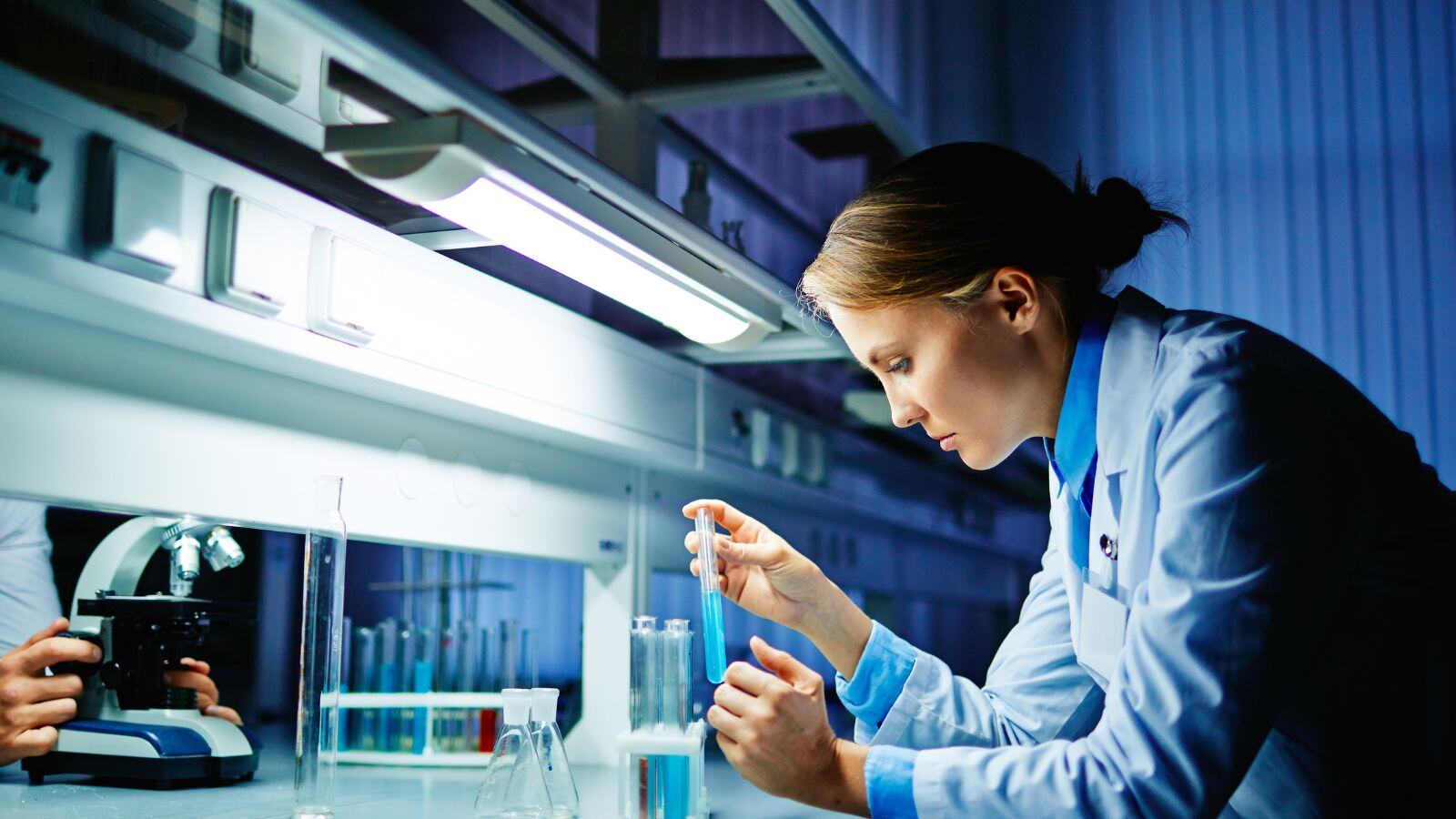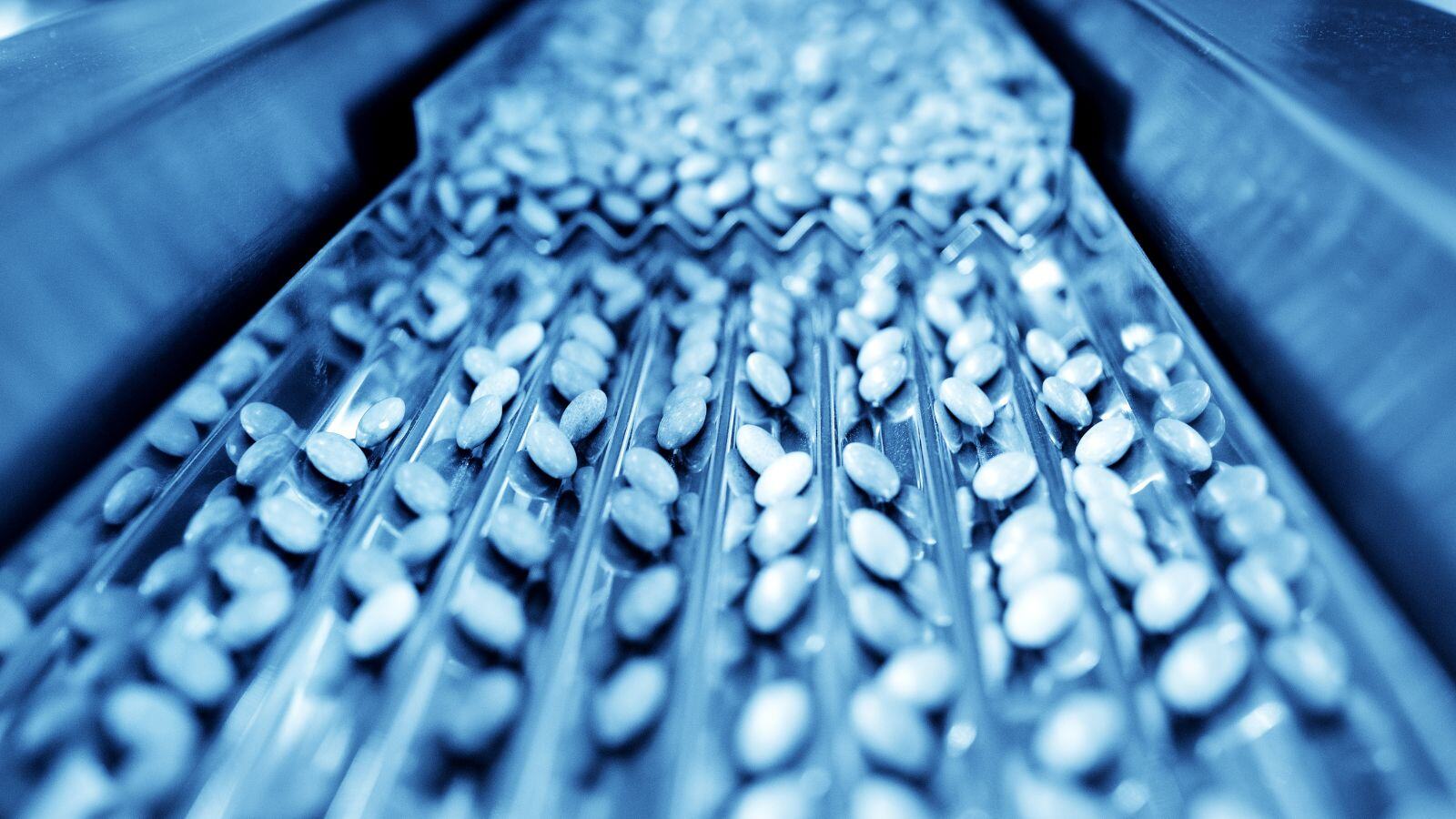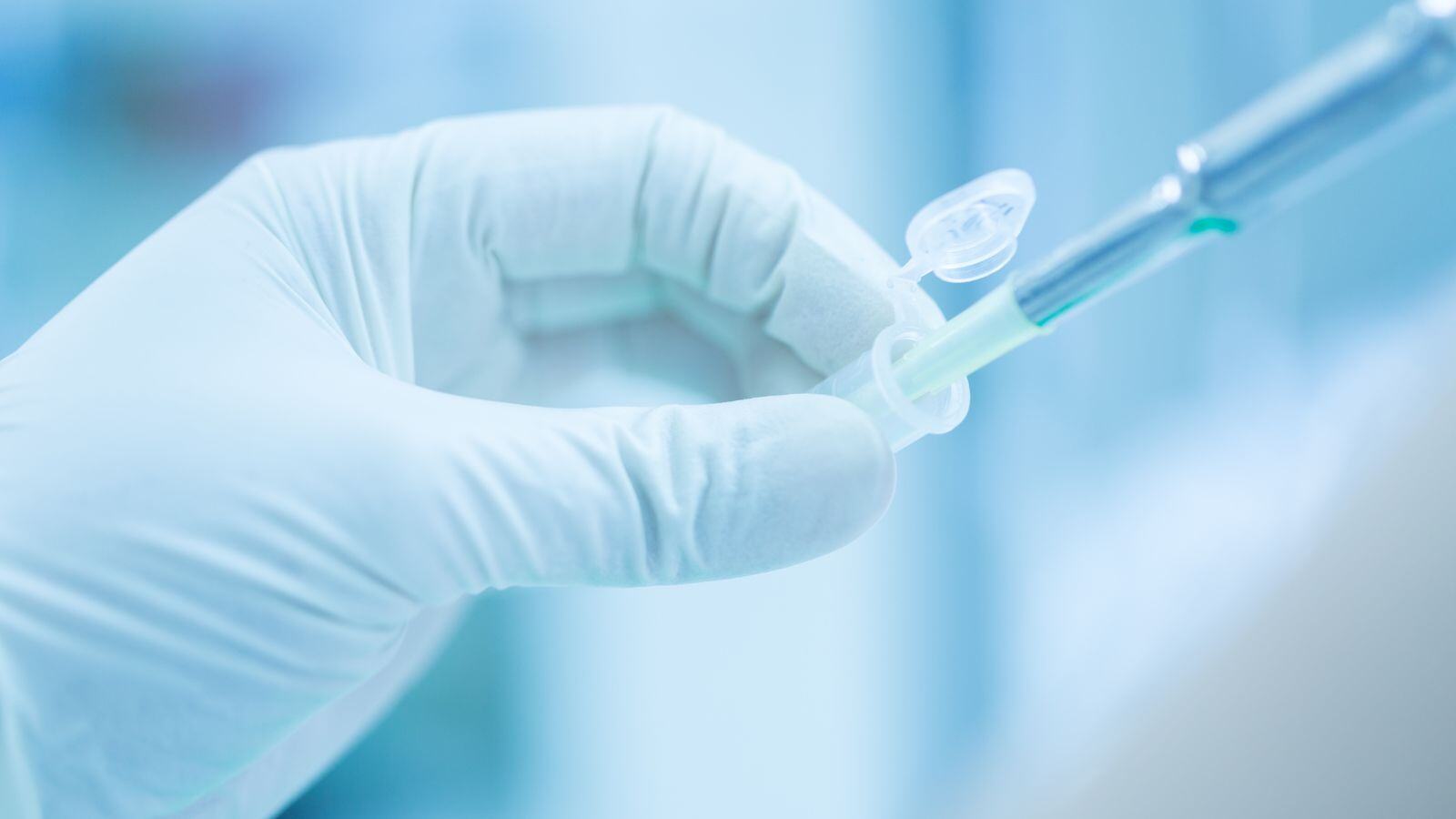Bringing a Medical Device to market involves many hurdles, including medical device design and medical device development.
While the design and development principles of ISO13485:2016 [1], or Design Control as intended by the FDA [2], are well known within the medical device industry, the importance of the Design Transfer component is often overlooked.
Yet a good Design Transfer ensures not only compliance, but the robustness of your manufacturing and supply chain processes and can even secure your business continuity in the long term.
In this blog post, you will learn more about the importance of Design Transfer and Process Validation in medical device development.
Be sure to read on!
Design Transfer
In ISO13485:2016, only a few sentences are used to describe design transfer and, therefore, design transfer is often overlooked.
“The organization shall document procedures for transfer of design and development outputs to manufacturing. These procedures shall ensure that design and development outputs are verified as suitable for manufacturing before becoming final production specifications and that production capability can meet product requirements. Results and conclusions of the transfer shall be recorded.” [1]
Typically, medical device manufacturers think about Design Transfer only in the Design Validation phase because regulators expect it to be performed on a “representative product.” This includes initial production units, batches, or equivalents thereof. Therefore, manufacturers only begin validating their processes and building the DMR (Device Master Record) at this stage.
However, involving the operations department as early as possible in the design and development process should be a no-brainer. If manufacturability is not considered during the design process, operational costs quickly add up. From a business perspective, a functional device that is too expensive to bring to market is just as bad as bringing a non-functional device to market.
For example, incorporating expected process variations during design robustness testing will improve manufacturing efficiency and lead to significant cost savings; selecting raw materials and components from reliable and qualified suppliers can avoid potential design changes; selecting scalable and cost-effective QC methods will facilitate the release process; evaluation of manufacturing techniques and even ways to scale up or outsource production of the product can be considered from the beginning; …
So why not include specific requirements for the manufacturability of the device as design inputs? The principle of “Design for Manufacturability” is well-known in other industries, but poorly applied by medical device manufacturers. While, given the strict regulations in the industry, it makes even more sense to do so since changes after and even during the development phase cost time and money to implement.
Process Validation & Design Transfer
Medical device regulators distinguish between Design Validation (i.e., product validation) and Process Validation.
Design Validation is to ensure that the device can meet the requirements for the specified application or intended use, while Process Validation involves demonstrating that the (manufacturing) process consistently produces a product that meets the predetermined (design and development) requirements.
Because the term medical device covers a wide range of products, ranging from simple hand tools to complex surgical machines and diagnostic kits, the manufacturing processes, technologies, and equipment are also very diverse and thus the approach to process validation can also be diverse.
Aside from the 20-year-old guidance from the IMDRF [3] (originally issued by the GHTF.) and some basic guidelines in ISO 13485:2016, guidance is limited.
Nevertheless, Process Validation should be considered an essential part of your Design Transfer. As applies to Design Transfer in general, initiating process validation activities early in the design and development process should also be a no-brainer.
In the pharmaceutical industry, “Process Design” (FDA term – [4]) or the equivalent European term “Pharmaceutical Development” [5] is considered an integral part of the process validation life cycle. During this initial phase of process validation, the commercial manufacturing process is defined, manufacturing techniques, processes, and equipment are selected, process knowledge is gained and appropriate process controls are developed.
Medical device companies will also undoubtedly benefit from a process design phase that runs parallel to the D&D process. They will gain an understanding of the interactions between the product design and the new (or even existing) manufacturing processes, which in turn will ensure long-term manufacturing robustness.
Conclusion: do not overlook Design Transfer
Failure to manage a successful Design Transfer is a risk that can prove extremely costly for medical device manufacturers. Engaging operational teams, leveraging their expertise, and keeping manufacturability in mind in the design process will pay off in the future.
If you need help managing a design transfer, establishing a comprehensive design transfer process, and related quality management processes for your operations department, contact us today.







.png?width=109&height=108&name=Pharma%20(2).png)
.png?width=111&height=108&name=Medical%20Devices%20(2).png)
.png?width=84&height=107&name=IVD%20(2).png)


.png)









